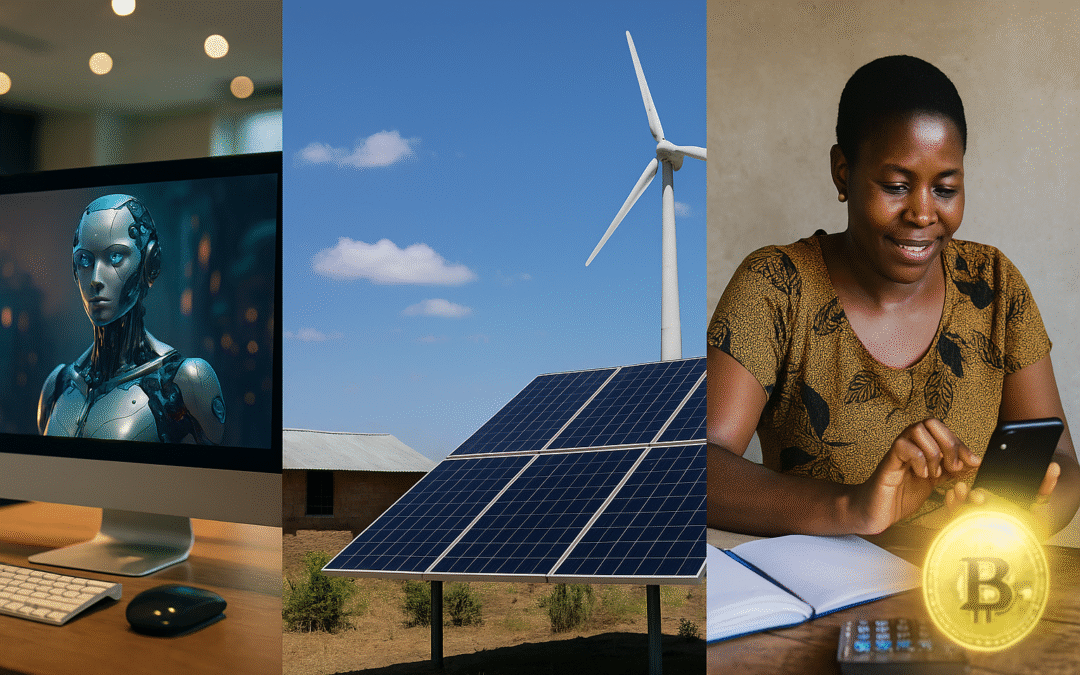In a world flooded with headlines about AI breakthroughs, autonomous cars, and miracle cures, it’s easy to think we’re living in the golden age of disruption. But the truth is more sobering. As Clayton Christensen argued in his seminal Harvard Business Review article on Uber, just because a technology is groundbreaking doesn’t mean it’s disruptive. Disruptive innovation is a specific, rigorous concept—not a synonym for “radical” or “futuristic.” This post critically examines recent technological advances through Christensen’s lens to separate genuine disruptors from overhyped sustaining innovations.
(An analisis grounded in the theory of Disruptive Innovation by Clyton M. Christensen)
What Is Disruptive Innovation? (According to Christensen)
- Targets overlooked or underserved segments (usually low-end or new markets)
- Targets overlooked or underserved segments (usually low-end or new markets)
- Offers initially inferior performance, but is cheaper, simpler, or more accessible
- Improves rapidly, eventually drawing mainstream customers away from incumbents
- Displaces established firms through a new business model, not just new technology
Disruption is not about being better—it’s about being different in a way that changes the basis of competition.With that in mind, let’s look at what actually qualifies in the last 10 years.
1. Generative AI (e.g., ChatGPT, DALL·E)
Disruptive? Yes.
Initially dismissed as a novelty, generative AI began with low expectations—exactly what Christensen’s theory predicts. Today, it is transforming marketing, education, software development, and more by being cheaper, accessible to non-experts, and growing bottom-up among freelancers and students. Now it’s challenging incumbents like Google and Adobe.
2. Blockchain and DeFi
Disruptive? Potentially—and already in some contexts.
While Bitcoin gets headlines, the true disruptive force lies in decentralized finance. DeFi removes middlemen from financial systems and began with underbanked users in Latin America and Africa. Despite early instability, it now offers alternatives like savings, loans, and insurance—outside traditional banks.
3. Solar + Microgrids
Disruptive? Yes—in emerging economies.
In places without central grids, solar microgrids leapfrog traditional utilities. Initially low-performance, they now empower remote communities with access to electricity where none existed before—without waiting for central infrastructure.
4. Low-Code/No-Code Platforms
Disruptive? Yes—for software development.
From internal company tools to solo founder prototypes, low-code platforms enable app creation without programming. What began as tools for non-consumers is now rising to challenge full-stack developers and IT consultancies.
Disruptive Innovation Criteria Comparison
| Technology | New Users | Initially Inferior | Cheaper/Simpler | Improves Fast | New Model |
|---|---|---|---|---|---|
| Generative AI |
✔️ |
✔️ |
✔️ |
✔️ |
✔️ |
| DeFi (Blockchain) |
✔️ |
✔️ |
✔️ |
✔️ |
✔️ |
| Solar Microgrids |
✔️ |
✔️ |
✔️ |
✔️ |
✔️ |
| Low-Code Platforms |
✔️ |
✔️ |
✔️ |
✔️ |
✔️ |
5. Voice Interfaces and Smart Speakers
Disruptive? Yes—through accessibility.
Initially gimmicky, voice assistants are now vital for older adults, visually impaired users, and non-technical individuals. This democratization of digital interaction mirrors the classic path of disruption.
What’s Not Disruptive? (But Often Mislabelled)
- Autonomous Vehicles: Premium market entry, no displacement.
- 5G and Edge Computing: Performance upgrades—not new consumers.
- mRNA Vaccines: Groundbreaking, but through existing systems.
- AI Drug Discovery: Enhances incumbents—not disrupts them.
- Brain-Computer Interfaces: Experimental, high-end, no mass adoption.
Final Word: Disruption Is About Business Models, Not Buzzwords
Most “disruptive” labels are misused. Real disruption changes access, users, and the model itself. It’s not the tech—it’s the shift in who benefits and how. That’s the signal beyond the hype.

